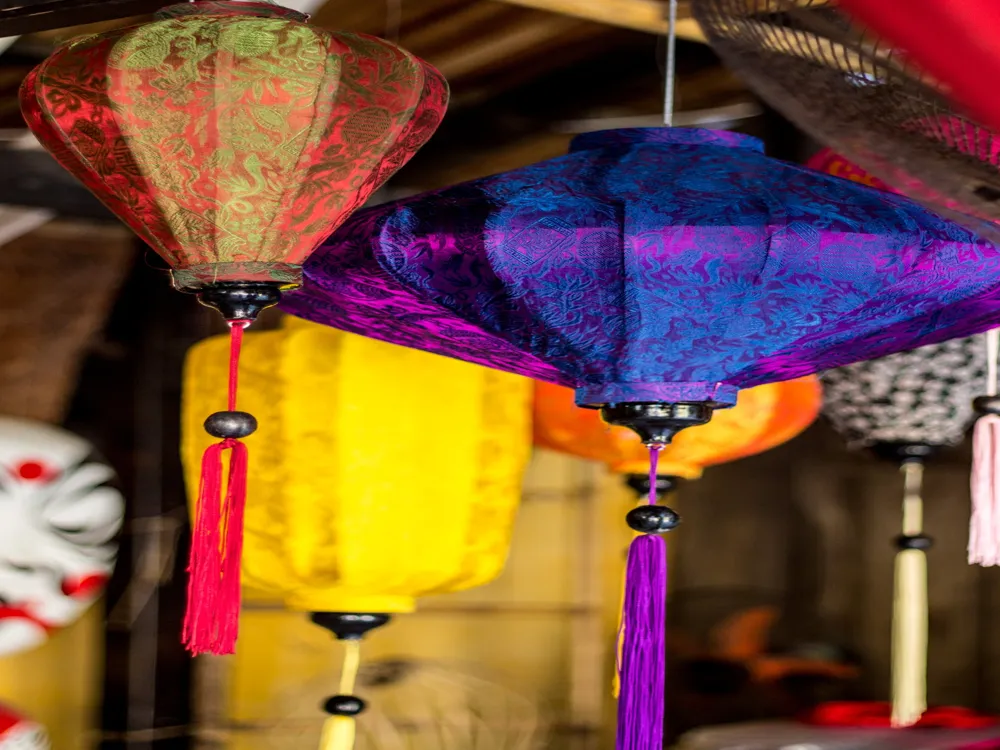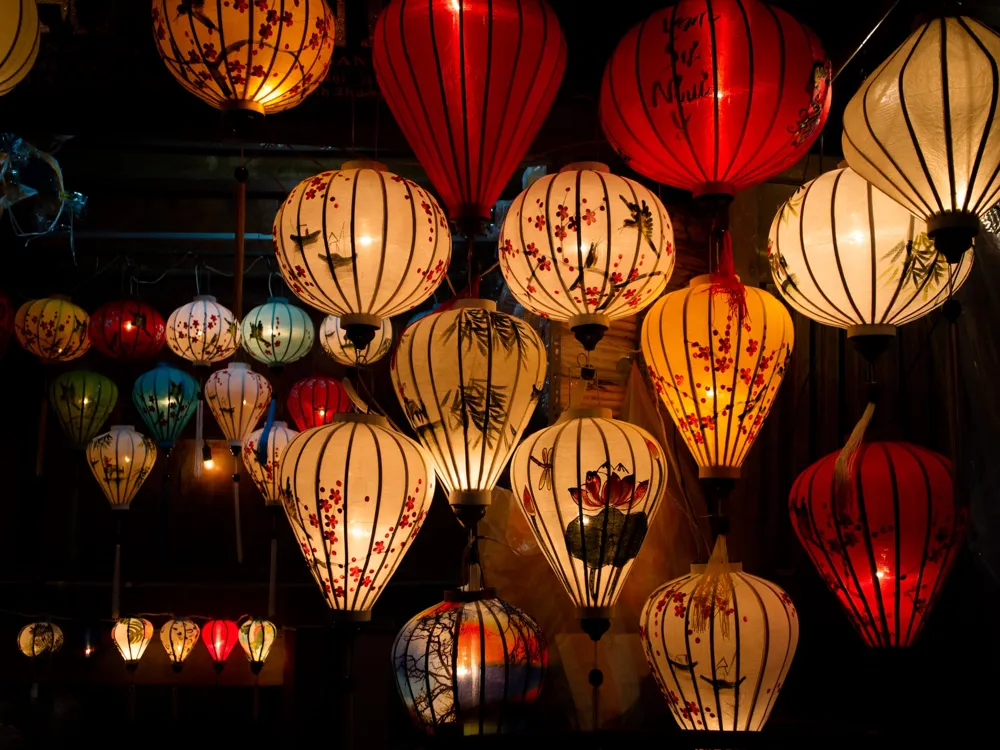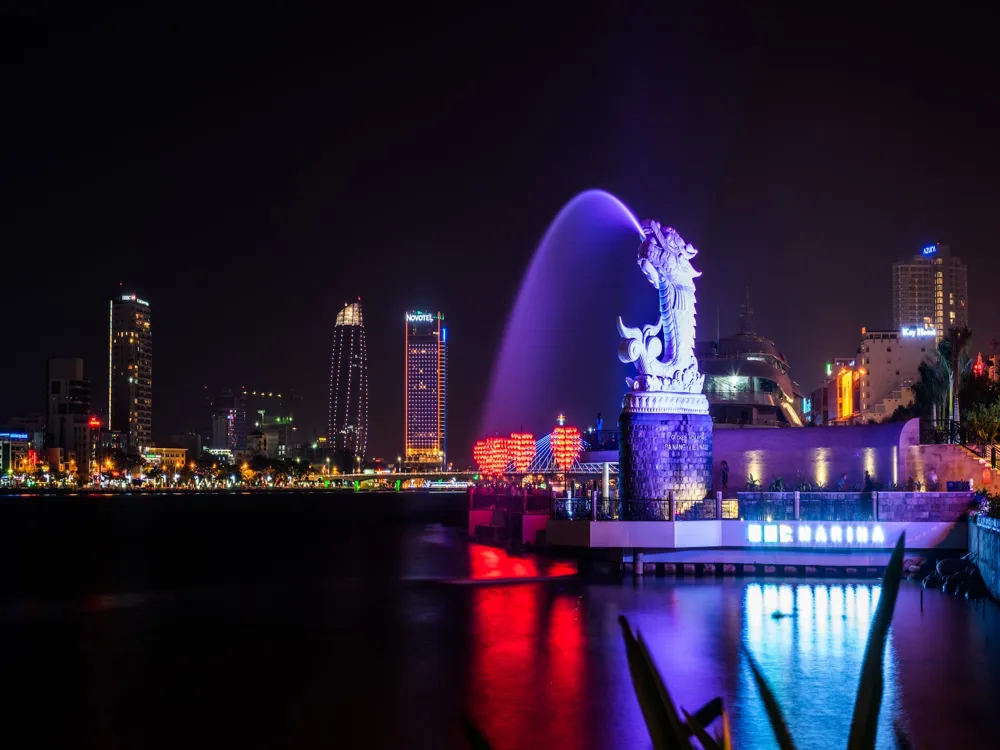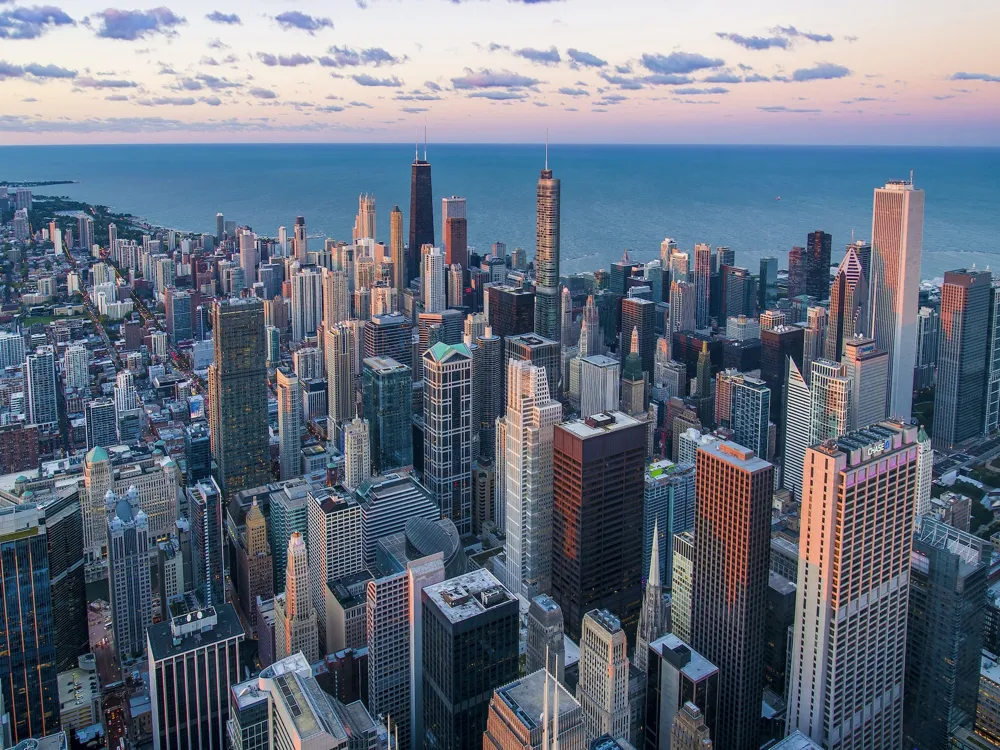Cua Dai Beach, nestled in the quaint town of Hoi An in Vietnam, stands as a testament to the harmonious blend of natural beauty and cultural richness. This picturesque beach, stretching along the coast of the South China Sea, offers a serene escape from the hustle and bustle of city life. Known for its soft, white sands and crystal-clear waters, Cua Dai Beach is not just a destination; it's an experience that captivates the soul. The history of Cua Dai Beach is deeply intertwined with that of Hoi An, a UNESCO World Heritage Site. Once a bustling trading port, Hoi An's unique blend of indigenous and foreign influences is evident in the architecture, cuisine, and culture of the region. Cua Dai Beach has witnessed this historical journey, evolving from a quiet fishing area to a beloved tourist destination. Visitors to Cua Dai Beach are not only treated to a stunning natural landscape but also to a rich cultural tapestry that reflects the diverse history of Hoi An. The beach's environment is a crucial aspect of its allure. With its year-round warm climate, Cua Dai becomes an ideal spot for various activities. Whether it's sunbathing on the golden sands, swimming in the inviting waters, or indulging in water sports like jet skiing and windsurfing, the beach offers something for everyone. The beach is also a haven for wildlife, with various species of seabirds and marine life, adding to its ecological significance. Cua Dai Beach's significance extends beyond its physical beauty. It plays a vital role in the local economy, driving tourism and supporting a community of fishermen and small business owners. The beachfront is dotted with a range of accommodations, from luxurious resorts to cozy homestays, catering to the needs of every traveler. The local cuisine, with its fresh seafood and traditional Vietnamese flavors, is a culinary delight that adds to the overall experience of visiting Cua Dai Beach. The architectural landscape of Cua Dai Beach is a beautiful blend of traditional Vietnamese styles and modern influences, creating a unique aesthetic that is both charming and functional. The beachfront is lined with structures that reflect the cultural heritage of Hoi An, while also incorporating contemporary elements to cater to the needs of international tourists. Read More: One of the most striking features of Cua Dai Beach's architecture is the use of natural materials. Buildings are often constructed using locally sourced wood, bamboo, and thatch, creating a rustic and eco-friendly ambiance. This choice of materials is not only aesthetically pleasing but also helps in maintaining the ecological balance of the region. The influence of Hoi An's history as a trading port is evident in the architectural designs along Cua Dai Beach. Many buildings exhibit a fusion of Vietnamese, Chinese, Japanese, and European architectural styles, reflecting the diverse cultural interactions that have shaped the region. This architectural diversity is visible in the ornate pagodas, colonial-style villas, and traditional Vietnamese tube houses that dot the landscape. Sustainability is a key consideration in the architecture of Cua Dai Beach. Many of the newer structures are designed with environmental conservation in mind, utilizing renewable energy sources, and incorporating green spaces. This focus on sustainability not only enhances the beauty of the area but also ensures that the development of tourism does not come at the cost of the environment. The ideal time to visit Cua Dai Beach is from February to August, when the weather is sunny and the water conditions are perfect for swimming and water sports. Avoid the rainy season from September to January to make the most of your beach experience. Choose from a variety of accommodations ranging from luxury resorts to budget-friendly homestays. Consider staying close to the beach for easy access and breathtaking views. Don't miss trying the local seafood delicacies and traditional Vietnamese dishes available at beachside restaurants and street food stalls. Fresh, flavorful, and a treat for the taste buds! While enjoying the beach, remember to respect local customs and traditions. Dress modestly when away from the beach and be mindful of local etiquette to ensure a harmonious experience. Keep the beach clean by disposing of waste properly and avoiding the use of single-use plastics. Participate in beach clean-up activities if available, to help preserve the natural beauty of Cua Dai. Cua Dai Beach is easily accessible from various parts of Vietnam. The nearest airport is Da Nang International Airport, from where you can take a taxi or a bus to Hoi An. Once in Hoi An, Cua Dai Beach is just a short drive or bicycle ride away. Renting a scooter or a bike is a popular and convenient way to explore the beach and its surrounding areas.Overview of Cua Dai Beach, Hoi An
The architecture of Cua Dai Beach
Tips When Visiting Cua Dai Beach
Best Time to Visit
Accommodation Choices
Local Cuisine
Respecting Local Culture
Environmental Responsibility
How To Reach Cua Dai Beach
Cua Dai Beach
Hoi An
₹ 15,200 onwards
View hoi-an Packages
Weather :
Tags : Beach
Time Required : 3-4 hours
Planning a Trip? Ask Your Question
Hoi-an Travel Packages
View All Packages For Hoi-an
Top Hotel Collections for Hoi-an

Private Pool

Luxury Hotels

5-Star Hotels

Pet Friendly
Top Hotels Near Hoi-an
Other Top Ranking Places In Hoi-an
View All Places To Visit In hoi-an
View hoi-an Packages
Weather :
Tags : Beach
Time Required : 3-4 hours
Planning a Trip? Ask Your Question
Hoi-an Travel Packages
View All Packages For Hoi-an
Top Hotel Collections for Hoi-an

Private Pool

Luxury Hotels

5-Star Hotels

Pet Friendly






















